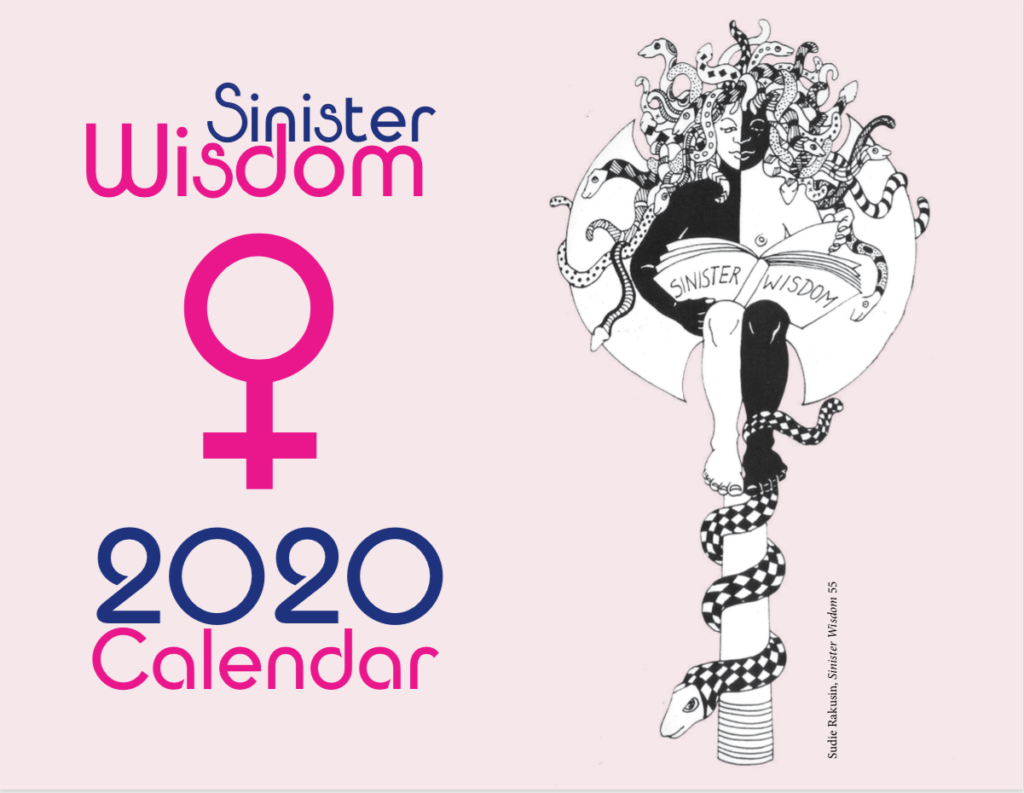Though I have now spent over a decade researching lesbian history, I have never had to search for lesbian history in the manner of my foremothers. My searches for lesbian history have been aided by the Internet and by a growing network of lesbian historians, advocates and holders of our history.
In the recent past, lesbians searching for our history used the telephone and small scraps of paper to track down lesbian lore. Recently, I explored the epistolary relationship of noted anthropologist Gayle Rubin and editor and publisher Barbara Grier. The two had an extensive correspondence during the 1970s that is now housed in Grier’s papers at the San Francisco Public Library. Rubin turned to Grier for help finding books about lesbians, and Grier was prolific in her responses helping her track down material about Renee Vivien and the women who sounded her in Paris in the 1920s. Their relationship was built on books and literary sleuthing to identify lesbians. Grier provided tips to Rubin on finding lesbian history in the same way that Jeanette Howard Foster helped her find bits of lesbian history and lesbian literature.
Hand to hand, letter by letter, these women searched and found lesbian history. My quests for lesbian history though often involve a computer, a web browser and answers in relatively quick order.
One piece of lesbian history that I cherish is a self-published calendar, Tracking Our Way Through Time, edited by Janet S. Soule. It is a daybook; tracks the days of the year, but is not specific to a particular year. It could be used for any year. Published in 1984, Tracking Our Way Through Time is thick, about an inch, and bound a plastic ring binder. Each day of the year features a nugget of lesbian herstory. In the Introduction, Soule describes the book as “the result of almost five years of research, reading, study and communication with nearly 200 Lesbians, past and present.” Soule was like Grier, Rubin and Foster—networking and sleuthing their way to lesbian herstory.

Tracking Our Way Through Time has been sitting next to my desk for a number of years and provides an inspiration for a few recent projects at Sinister Wisdom.
We released Notes for a Revolution: A Woman’s Journal in June, a plastic coil-bound blank book with inspiring quotation from women on each page. It is perfect for writing your own journal, corralling lists and recording hopes and aspirations.
Sinister Wisdom also began publishing an annual calendar last year, and we just released the 2020 edition, featuring all new, original artwork by lesbians. Both of these projects carry on Soule’s vision—and the lesbian impulse to track time.

In some ways, publishing a paper wall calendar and a blank book journal feels anachronistic in our digital world. I confess: I do not keep a paper calendar. Everything goes into my smart phone, which prompts me with when I should be leaving and moving about my life. At the same time, these new print documents connect me to a long lesbian history and herstory.
Even though I do not search for lesbian herstory in the same ways as Janet or Gayle or Barbara or Jeannette, this lesbian herstory is still meaningful. The Sinister Wisdom 2020 Calendar and Notes for a Revolution are both useful items today that echo the efforts of the past in finding lesbian herstory—and may, in the future, be breadcrumbs for women wondering about lesbian life in the past.





